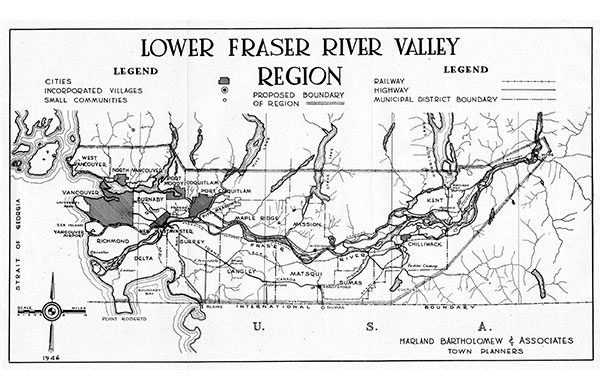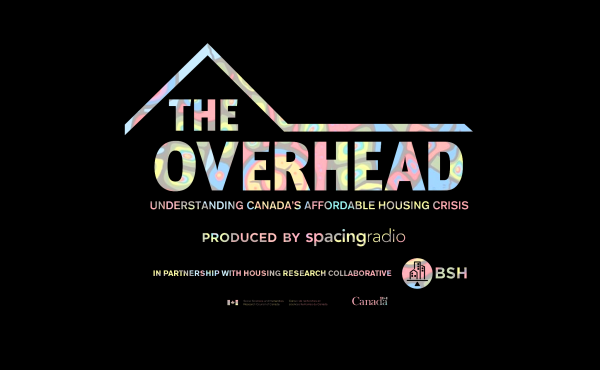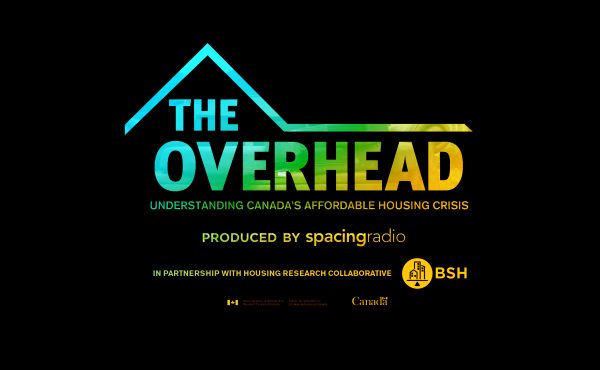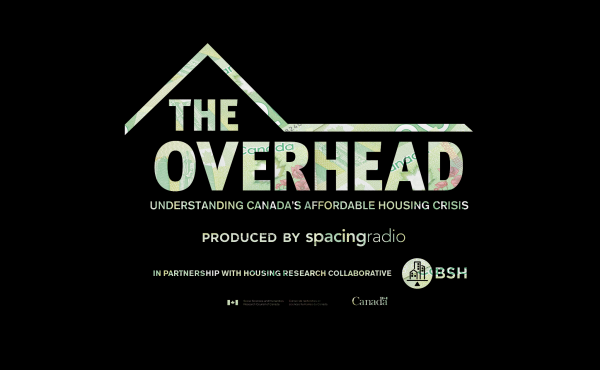
Planning Goals and Objectives – Criteria
In light of the common shortcomings described earlier, let’s consider a list of criteria that should be met by any set of goals and objectives for a city-wide plan, based on Lynch’s insights:
- Objectives should connect to concrete changes to the city form as much as possible (buildings, streets, land use, etc.).
- They should be attainable currently and within the foreseeable future.
- The intentions behind the objectives must be clearly stated—along with performance indicators—with the ultimate goal of being able to compare and evaluate different options.
- They should be specific enough to direct actions, but general enough to provide choice.
- Since the city is constantly changing, the objectives should anticipate change and direct actions on the city accordingly, i.e. using rates of change versus fixed endpoints.
- Given the long lives of cities, objectives should bias long timelines and unborn generations.
- Goals should favour large groups of community members with particular emphasis on marginalized and less vocal groups.
- The scope of the goals should be as inclusive of all major community values and problems. This necessarily makes balancing and compromise more difficult, but must be done to the capacity of the decision-making process to handle complexity. This implies the development of a process that can handle more complexity as a part of the city-wide planning process.
What might this look like? Using the City of Vancouver’s recent City-wide Plan Policy Report again as an example, one can begin by replacing vague terms and phrases like “Growing local jobs in a sustainable and diverse economy” with more directed statements like “Increasing local jobs by 20% while maintaining the diversity of existing industries”. Unlike the original objective, the latter offers a definitive target (“20%”) that can be used to evaluate success or failure while referring to “existing industries” that can be researched and given clear metrics (how many industries currently exist, what are they and how many of each).
As another example: “Rapidly reducing greenhouse gas emissions to help tackle the climate crisis” might be changed to “ Reducing greenhouse gas emissions caused by automobile use through expanding the existing bicycle network by 5% within the next two years”. Where “rapidly” is relative, “within the next two years” is definite. Similarly, “reducing greenhouse gas emissions” is too general since sources of greenhouse gasses are varied, including everything from electricity production to agriculture. Ambiguity is avoided by adding “caused by automobile use”. How greenhouse gas emissions by automobile use will be reduced (“by expanding the bicycle network by 5%”) is also added to be explicit about the actions to be taken.
Let’s look at one more, but instead of offering an alternative, we will deconstructing it and ask questions that will allow us to generate an alternative: “Increasing and protecting housing supply that is locally affordable.” “Increasing” by how much? “Protecting” what housing supply? The existing mix? A select few type of housing? Why? “Locally affordable” for whom? People with median local household income of $30,000 or $150,000? Selecting between the latter will generate very different alternatives. Given that building housing takes time, adding a statement that addresses how much and at what rate would also be a good idea to include.
It’s worth noting that goals and objectives need not be positive in form. Given that problems are often easier to state in the negative (i.e. “preventing an increasing in housing prices”), presenting them in this can be very effective.
It’s also important to note that the creation of goals and objectives does not occur wholesale or necessarily follow a ‘right’ sequence. The generation of design alternatives, plans, and objectives necessarily interact with one another, with potential solutions often suggesting new goals or revisions to objectives created beforehand. So, defining and forcefully “fixing” a set of goals at the beginning of the planning process serves to restrict possibilities and more comprehensive planning.
Ultimately, the city-wide process is not linear and the fact that many institutions attempt to make it strictly sequential—with a goals and objectives phases near the start and evaluating solutions towards the end—limits the city-wide planning process greatly.
In Part 5, we will look at two critical considerations in developing a city-wide plan: ways of weighting city-wide planning goals and objectives and how to make them more comprehensive.
***
In case you missed it:
- Planning City-wide: A Primer – Part 1
- Planning City-wide: A Primer – Part 2
- Planning City-wide: A Primer – Part 3
- Planning City-wide: A Primer – Part 5
- Planning City-wide: A Primer – Part 6
- Planning City-wide: A Primer – Part 7
- Planning City-wide: A Primer – Part 8
**
Erick Villagomez is one of the founding editors at Spacing Vancouver and the author of The Laws of Settlements: 54 Laws Underlying Settlements across Scale and Culture. He is also an educator, independent researcher and designer with personal and professional interests in the urban landscapes. His private practice – Metis Design|Build – is an innovative practice dedicated to a collaborative and ecologically responsible approach to the design and construction of places. You can see more of his artwork on his Visual Thoughts Tumblr and follow him on his instagram account: @e_vill1.




